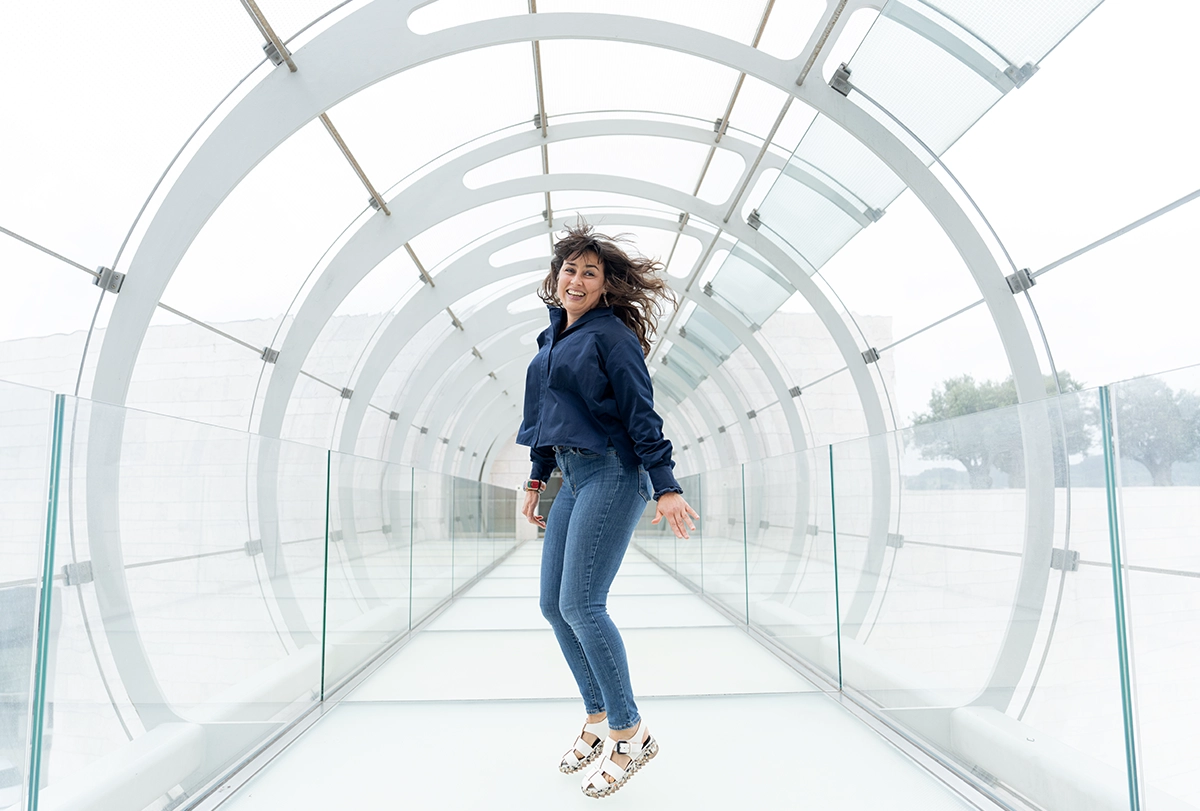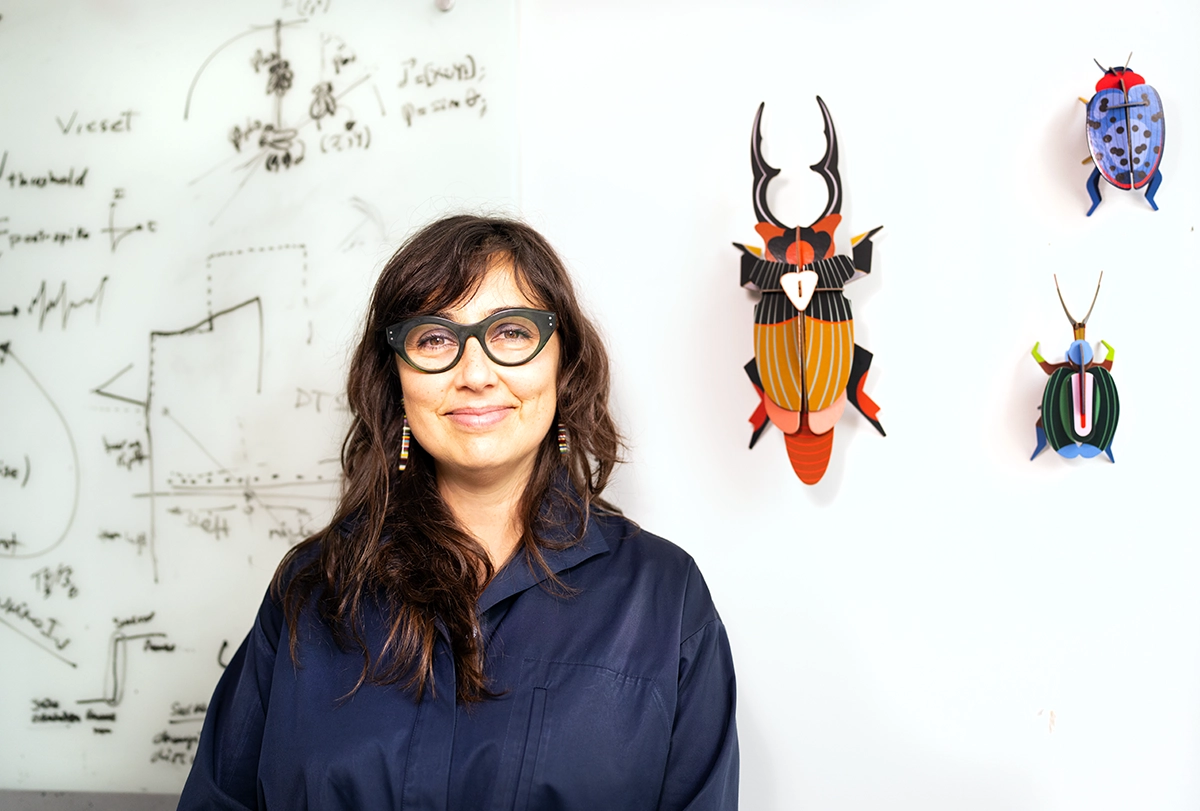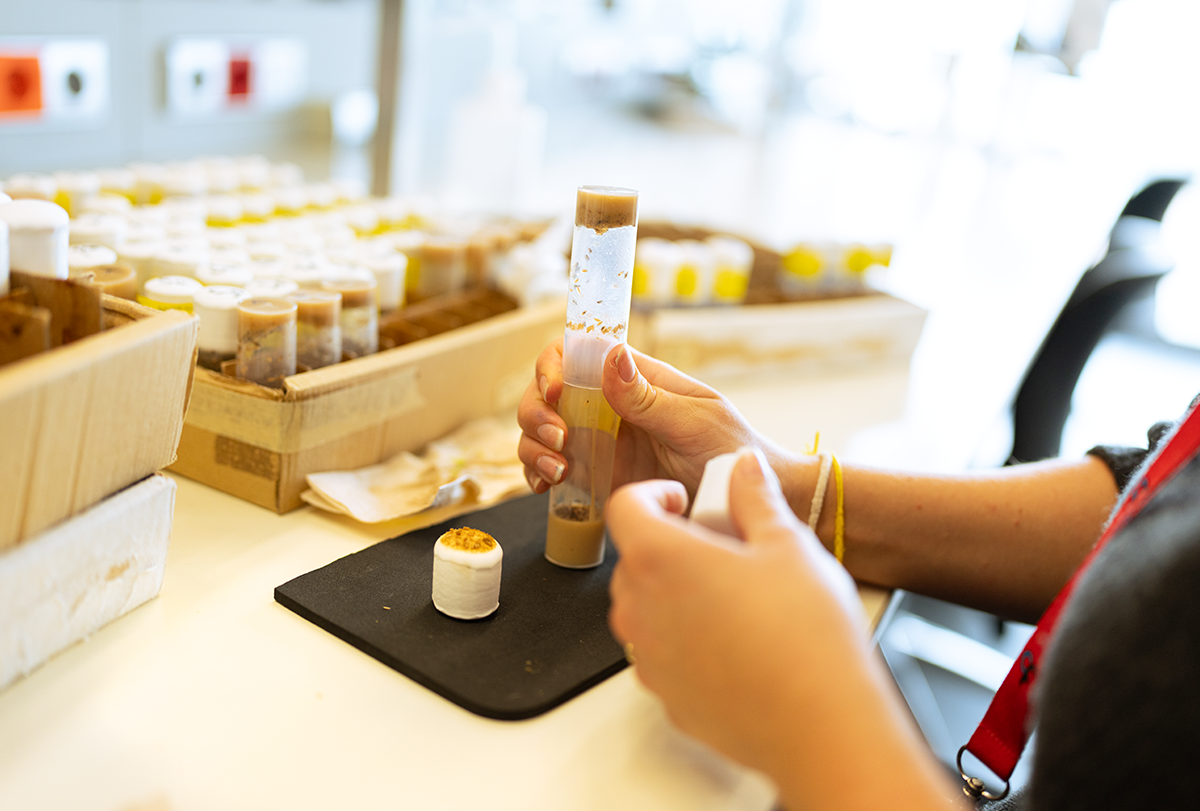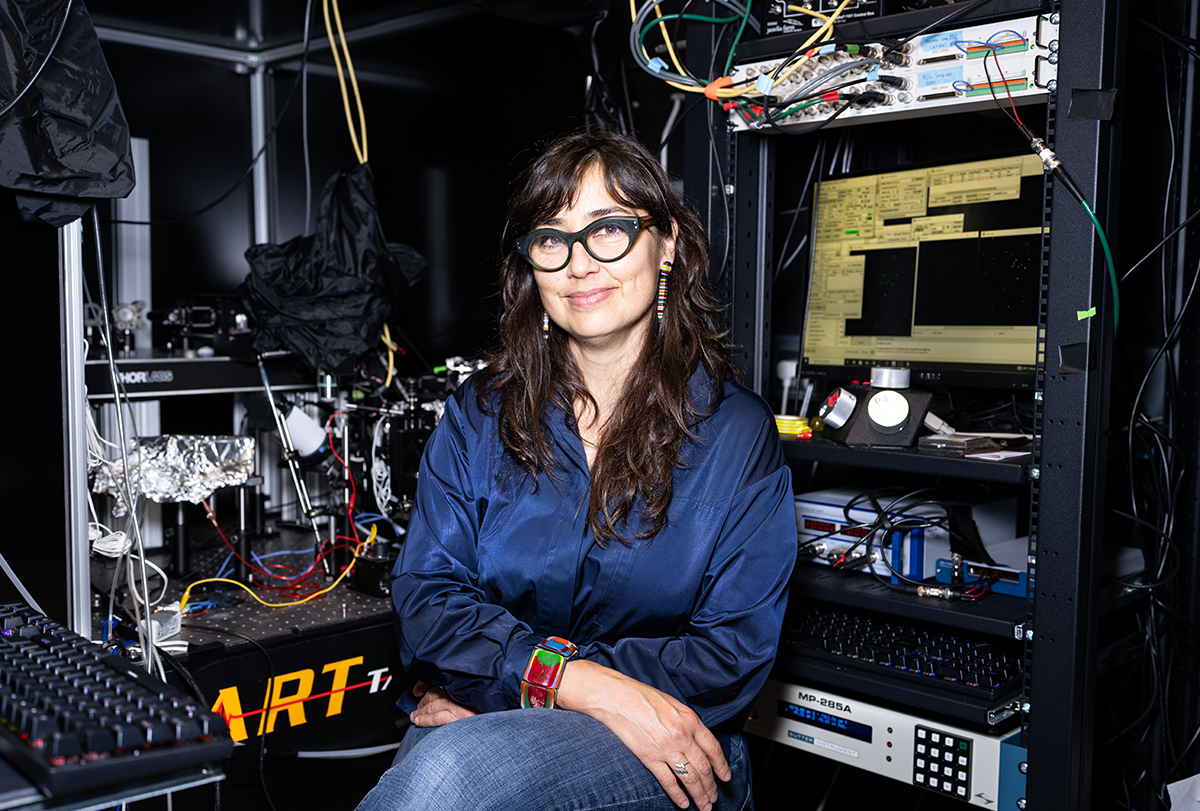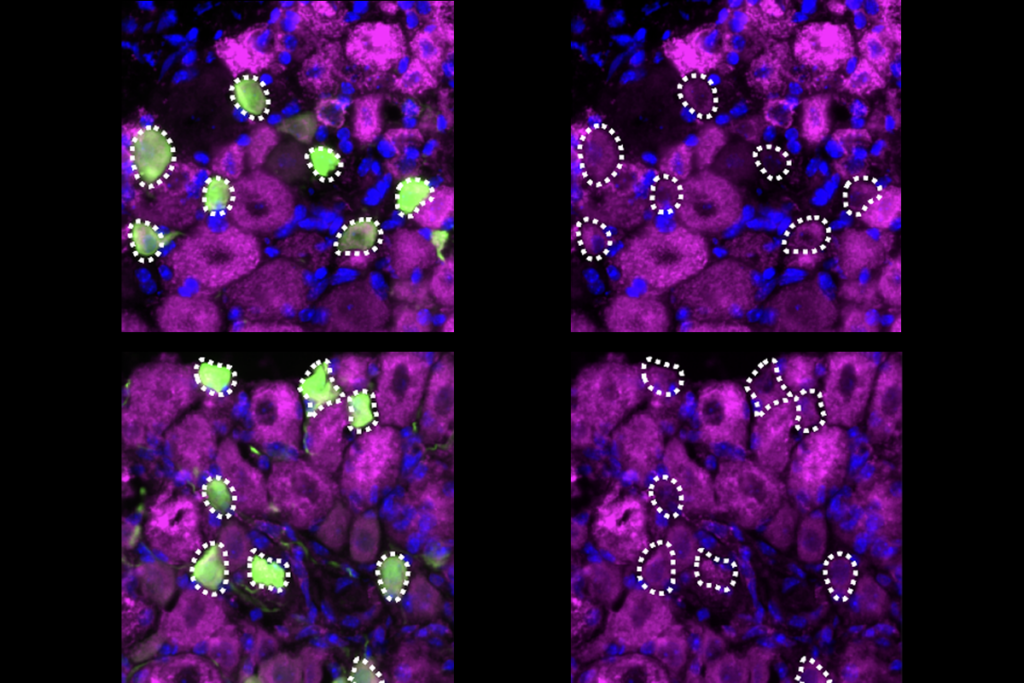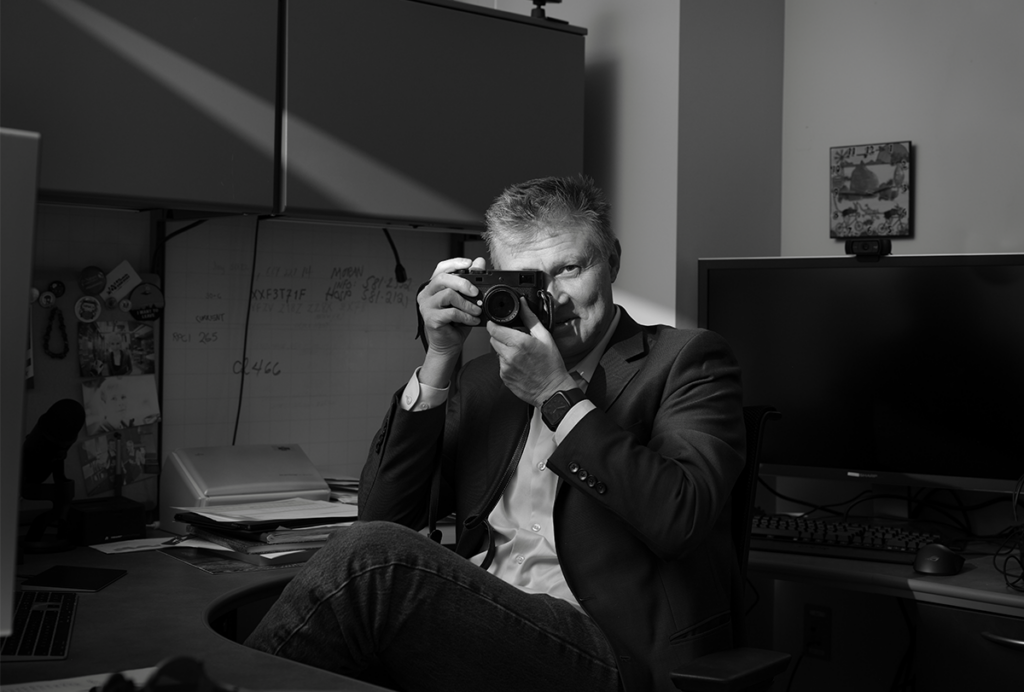As a former acrobat and circus performer, Eugenia Chiappe is quick to appreciate the performance skills of her research model, Drosophila melanogaster: The fruit flies gracefully pitter-patter atop a tiny stage in her lab and swivel and dive in flight—all signs of a nervous system evolved for just such sophisticated feats of locomotion.
Through this lens of admiration, Chiappe has been studying motor control in the speck-size insects at the Champalimaud Centre for the Unknown in Lisbon, Portugal, since 2012. She places the flies in miniature movie theaters under the lights and lasers of microscopes to trace the layered circuitry that powers their acrobatics.
Chiappe’s love of movement and dance is what inspired her to study neuroscience in the first place. She performed in circus troupes in her hometown of Buenos Aires, Argentina, and then in New York City during graduate school at Rockefeller University. These days, she no longer performs but still infuses movement into her daily life, flipping into a handstand to pose for a group photo with her lab, for example.
The Transmitter spoke with Chiappe about her big-top past, her current work, and how her curiosity continues to sustain her scientific career.
This interview has been edited for length and clarity.
The Transmitter: How did your past in acrobatics lead you to study motor control?
Eugenia Chiappe: Dancers and acrobats have this sort of “body intelligence.” Body intelligence can have a conscious component, but also an unconscious one. I was working with this company called LAVA [in Brooklyn, New York] that has a lot of performances through hoops. These are circus hoops that you put one on top of another, and the exercise is about how you dance through the hoops. There is a lot of jumping and turning as you pass through the hoops. That’s a very characteristic moment where this body intelligence is on its full display. Many times, we initiate this movement with completely different initial conditions, and yet the body knows what to do about it. But also, most importantly, it knows when you did it wrong.
That really drove my search for what I wanted to do after my Ph.D. I was really interested in, at that time, something called active sensing, which means the process of sensing sensory stimuli in the context of your movements and making sense of your sensory world through your movements. Then that evolved into looking at self-motion computations and movement control, which is the topic of my lab right now.
